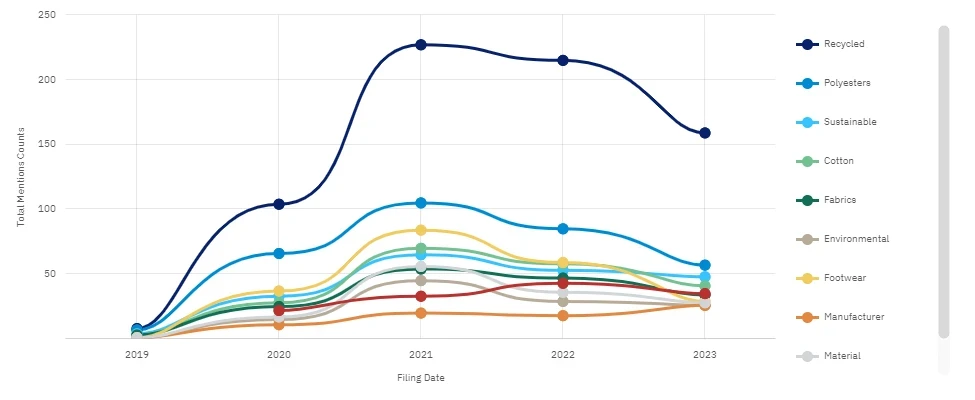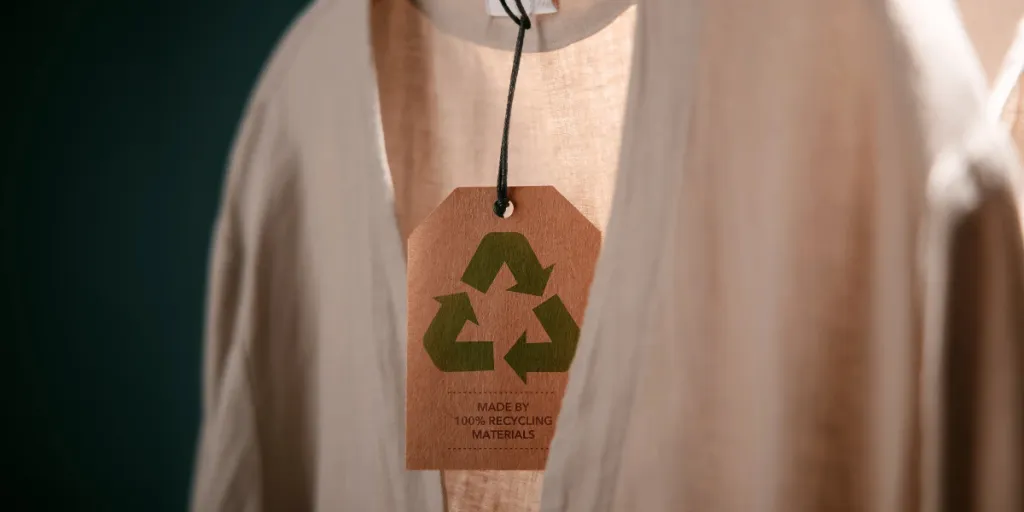In the last few years, we have heard discussions about the apparel industry undergoing a transformation, with circularity increasingly becoming a priority. This has led industry stakeholders and consumers to raise questions on the materials used in the production of apparel and textiles and whether or not they can be recycled or upcycled at the end-of-life.
The trend towards recycled materials is also evident in the emphasis and efforts made by retailers and brands to introduce recycled and next-gen materials and step away from virgin materials.
Recently the non-profit Accelerating Circularity launched the “Reality Zone” workshop in partnership with vintage clothing store, Beyond Retro and its parent company wholesale second-hand reseller, Bank & Vogue, to increase the use of mechanically recycled cotton fibres, fabrics and garments.
The workshop is aimed at providing attendees with insights into the diverse applications of mechanically recycled cotton, fostering an understanding of its potential and encouraging increased use.
In another example, Chinese manufacturer Yibin Grace created a new testing line for a viscose fibre made with 50% recycled textiles and hopes to reach a 50% blend for the market by the end of 2023.
The recycled vs non-recycled debate is more pronounced now with environmental advocates drawing clear lines and sectionalising the industry as good or bad based on this parameter. But can a complex issue like this be labelled in black and white terms?
This point of contention within the industry centers around various environmental, economic and ethical considerations ranging from quality and performance, consumer perception, innovation and technology to regulatory and certification standards.
Company filings data by GlobalData suggests the keyword “recycled,” which was a top trending keyword in the apparel industry from 15 October 2019 to 15 October 2023, was the most used in 2021 with more than 227 total mentions.
Mentions of the term “recycled” in apparel company filings 2019-2023

However, the use of this keyword fell to 159 in October 2023, even though it continues to be a dominating theme. This is followed by “polyester” and “sustainable,” mentioned 57 and 48 times respectively.
The recycled vs non-recycled debate in the apparel sector reflects the complex and multifaceted nature of sustainability and consumer preferences. While it does not come with a one-size-fits-all solution, the industry seems divided on the best path forward.
To address this division, collaboration between various stakeholders, including including manufacturers, consumers, and regulators, is crucial to find more sustainable and ethical solutions for the fashion industry.
But things are looking upwards with regulations like the EU Strategy for Sustainable and Circular Textiles in the pipeline even though there are some loopholes yet to be addressed like the European Apparel and Textile Confederation (Euratex) argues.
Euratex at that time said the report fails to respect the balance between sustainability and competitiveness.
Our signals coverage is powered by GlobalData’s Thematic Engine, which tags millions of data items across six alternative datasets — patents, jobs, deals, company filings, social media mentions and news — to themes, sectors and companies. These signals enhance our predictive capabilities, helping us to identify the most disruptive threats across each of the sectors we cover and the companies best placed to succeed.
Source from Just-style.com
Disclaimer: The information set forth above is provided by Just-style.com independently of Alibaba.com. Alibaba.com makes no representation and warranties as to the quality and reliability of the seller and products.




